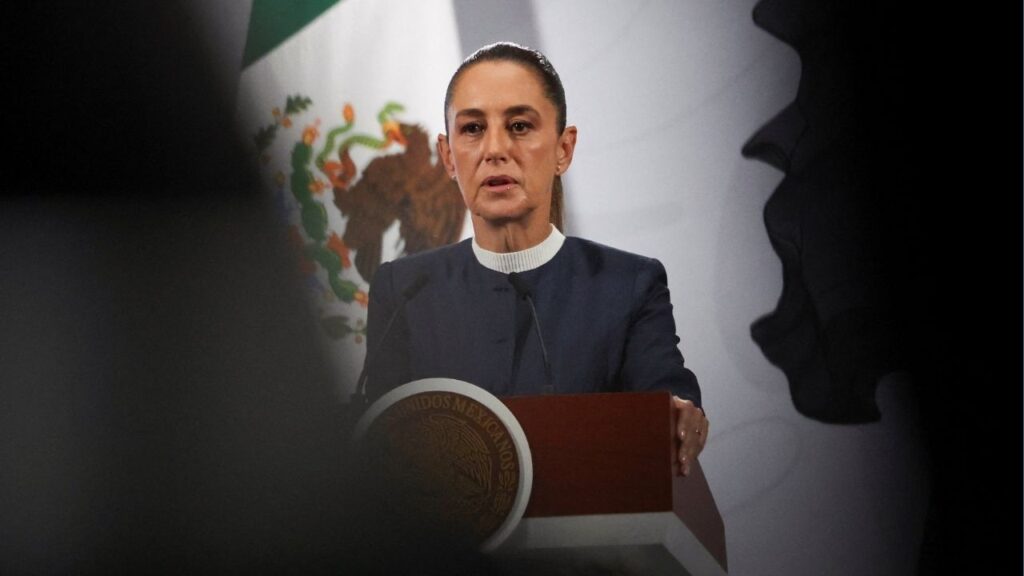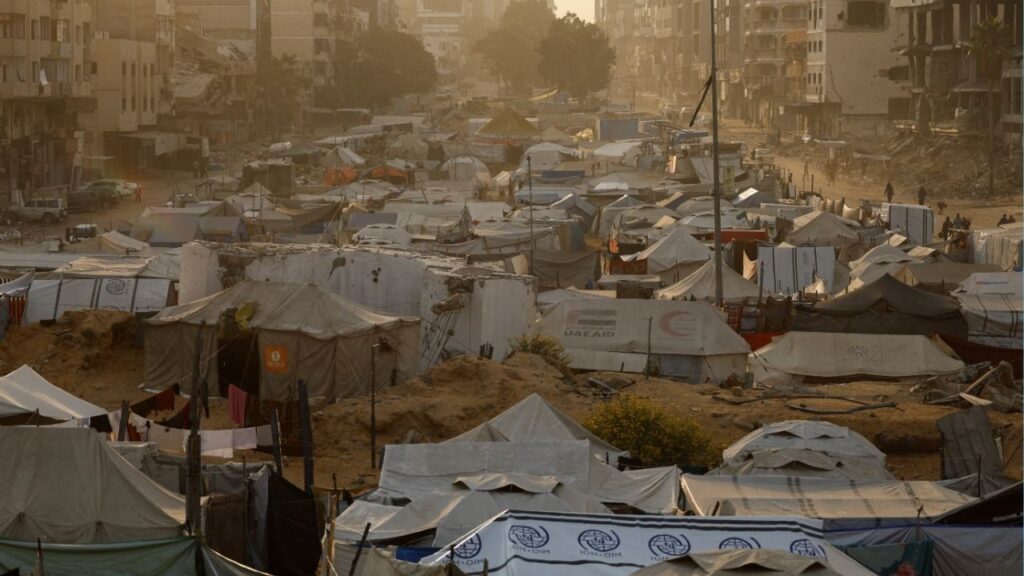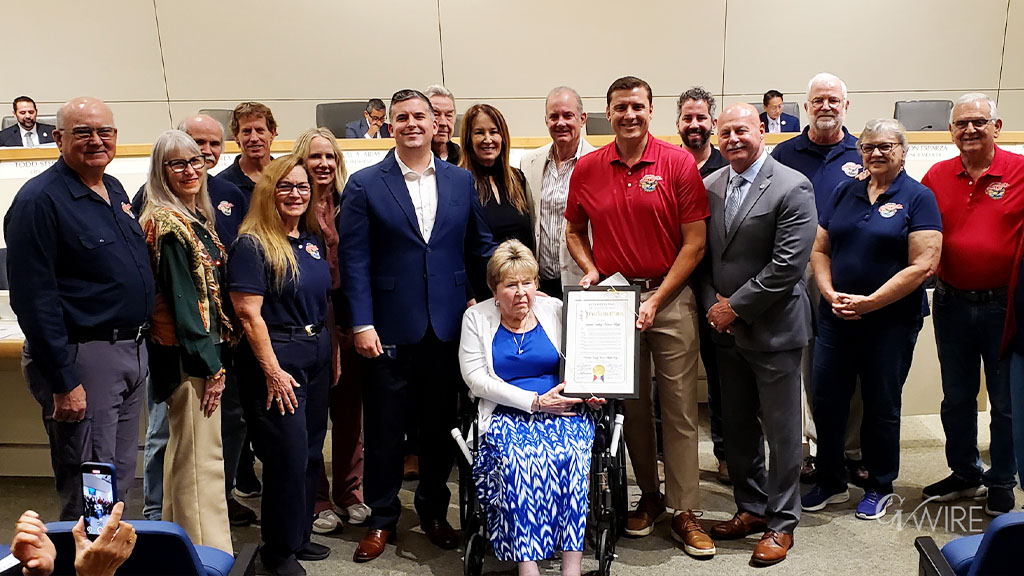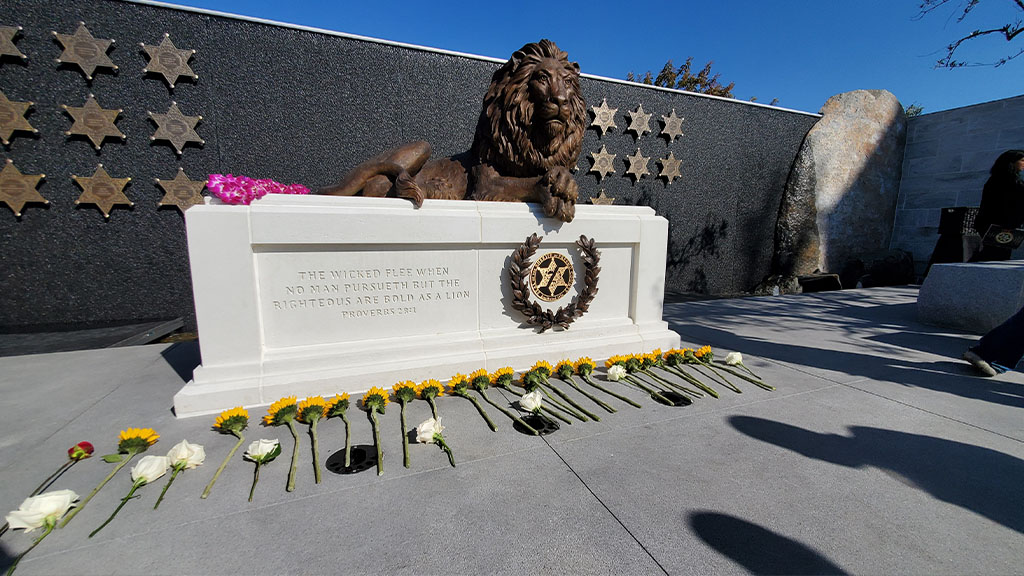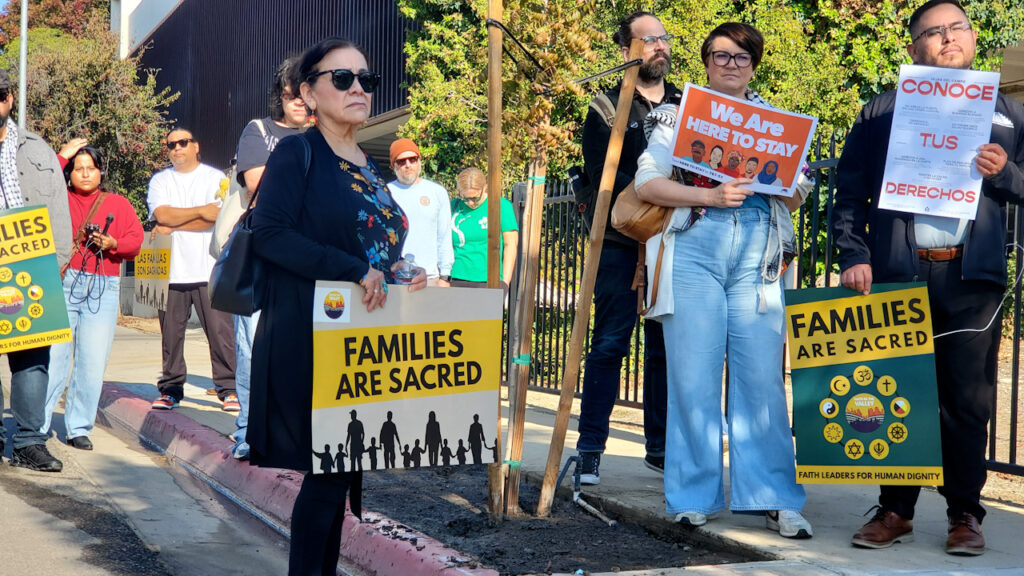In an undated photo he provided, Amin Abed, a Palestinian activist who has been critical of Hamas, hospitalized after being assaulted by Hamas security operatives in July. (via Amin Abed via The New York Times)

- Palestinian activist Amin Abed attacked by Hamas security after criticizing the group; hospitalized after brutal beating.
- Hamas accused of endangering Palestinian civilians by embedding fighters in densely populated areas during Israeli airstrikes.
- Palestinian journalist Ehab Fasfous threatened for criticizing Hamas, reflecting ongoing intimidation against dissenting voices in Gaza.
Share
|
Getting your Trinity Audio player ready...
|
This summer, Amin Abed, a Palestinian activist who has spoken out publicly about Hamas, twice found bullets on his doorstep in the Gaza Strip.
Then in July, he said he was attacked by Hamas security operatives, who covered his head and dragged him away before striking him with hammers and metal bars.
“At any moment, I can be killed by the Israeli occupation, but I can face the same fate at the hands of those who’ve been ruling us for 17 years,” he said, referring to Hamas.
Abed, who remains hospitalized, was rescued by bystanders who witnessed the attack, but what happened to him has happened to others throughout Gaza.
Bodies of 6 Israelis Recovered
The bodies of six Israeli hostages recovered last month provided a visceral reminder of Hamas’ brutality. Each had been shot in the head. Some had other bullet wounds, suggesting they were shot while trying to escape, according to Israeli officials.
But Hamas also uses violence to maintain its control over Gaza’s population.
Some Palestinians have been injured or killed as Hamas wages an insurgent style of warfare that risks Palestinian lives to strike the Israeli military from densely populated areas. Others have been attacked or threatened for criticizing the group. Some Palestinians have been shot, accused of looting or hoarding aid.
Much attention has focused on Israeli hurdles to delivering aid to Palestinians, its military operations that have killed tens of thousands of people and a bombing campaign that has reduced cities to rubble.
But the reality of the war, according to U.S. officials, is that the Israeli military and Hamas carry out questionable acts nearly every day. Many of the reports reviewed by U.S. intelligence analysts involve Israeli actions: military strikes that kill large numbers of civilians, errant attacks on aid convoys or other deadly incidents. But a large number of reports involve Hamas, both its acts of terrorism against hostages and its abuses of Palestinians.
Palestinians interviewed by The New York Times expressed frustration with Hamas, particularly over its practice of embedding in civilian areas.
Hamas built access points to its extensive tunnel network inside homes. An aerial photo recovered by the Israeli military from a Hamas commander’s post shows three dozen hidden tunnel entrances in one crowded neighborhood.
Civilians Face Constant Bombing
To some Palestinians, an Israeli airstrike July 13 targeting senior military commander Mohammed Deif and another Hamas military leader is an example of the perils civilians face.
Israeli officials say that Deif had entered a villa in a designated humanitarian zone to meet with a Hamas commander. Some 70 Palestinians were killed in the assault, including many women and children, according to the Gaza Health Ministry. Israel later declared Deif dead, but Hamas has disputed the claim.
Munir al-Jaghoub, an official in the Fatah party in the West Bank, blasted Israel for the deaths. But he also condemned Hamas.
“Any soldier who wants to bear arms is required to protect civilians, not to hide among civilians,” he said.
Hamas officials rejected criticisms that the group put civilians in harm’s way and suggestions that it should keep its fighters away from towns and cities.
“There’s no such thing as being outside residential areas in Gaza,” said Husam Badran, a senior Hamas official. “These pretexts, primarily made by the Israeli occupation army, are meaningless.”
Palestinians who protest face the threat of immediate retaliation.
On Saturday, the Palestinian Journalists’ Syndicate blasted the “policy of intimidation and threat” facing some journalists in Gaza after a group of gunmen stormed the home of Ehab Fasfous, a reporter and social media activist. While the syndicate did not explicitly name Hamas, it left little doubt that it was behind the raid on Fasfous’ home in the southern city of Khan Younis.
Fasfous, a well-known critic of Hamas, has long been targeted by the group.
Weeks before the start of the war, the unit recommended taking action to prevent Fasfous from reporting as a journalist. “Defame him,” a file from August 2023 read, calling him one of Hamas’ “major haters.”
Hamas: If You Are Not With Us, You Are Against Us
In an interview with the Times in May, Fasfous said Hamas held critics in contempt. “If you’re not with them, you become an atheist, an infidel and a sinner,” he added.
Ismail Thawabteh, the director general of the Hamas-run government media office, attempted to distance Hamas from the threats and violence waged against Fasfous and Abed. Without citing any evidence, he suggested that the two men were victims of personal disputes or street crime.
The Interior Ministry, Thawabteh said, has opened investigations into both incidents.
While Hamas officials minimize criticisms of their conduct, they broadly argue that the suffering of the Palestinian people is the cost for fighting against the Israeli occupation of Gaza.
Hamas recognizes that “freedom doesn’t come for free,” said Salah al-Din al-Awawdeh, a member of the group who spent time in prison with its current leader, Yahya Sinwar.
“There is no liberation movement that has freed its people without paying a big price in terms of civilians,” he said.
Hamas also hides hostages among Palestinian civilians, with devastating consequences.
In early June, Israel planned a mission to rescue four of the dozens of living hostages who remain in Gaza. But civilians in the densely populated Nuseirat area proved a complicating factor.
The Israelis sent in rescue vehicles June 8, and when one was damaged, Hamas militants moved in on it. A firefight broke out, and commandos called in the Israeli air force, which began striking the neighborhood.
The hostages were ultimately rescued. But more than 270 Palestinians were killed, according to the Gaza Health Ministry, though it has proved impossible to determine with certainty how many were Hamas fighters and how many were innocent bystanders.
Mixed Reactions on Raid
Many Palestinians are angry at Israel for conducting the raid. But others said they knew that Israel would try to rescue its people, no matter the toll.
“I’m totally against mixing prisoners and civilians,” said Kareem, a lawyer who spoke on the condition that only his first name be used to avoid retribution from Hamas authorities. “We saw what the operation resulted in. It was horrific. A very high price.”
To break Hamas’ control of Gaza, Israeli officials say they need to destroy not just its military power but also its ability to function as a government. Critics of Israel have questioned that strategy, which they say hurts ordinary Palestinians.
Thawabteh said the government still employs thousands of people, helps distribute aid and organizes Friday prayers. Security services continue to try to enforce the law, he added.
Government-run emergency committees help secure aid and maintain order, Thawabteh said.
“The government in Gaza is living through a time of challenges,” he said. “But it’s still in place carrying out its duties every day.”
Aid agencies trying to deliver humanitarian relief to Gaza acknowledge Hamas’ continued control. Aid convoys must coordinate their efforts with local Hamas leaders or risk the aid not getting through.
Looting has afflicted several Gaza cities after Israeli forces pulled out. Some of the looters may have been hungry people trying to feed their families. Others may have had more base motivations.
Israeli and U.S. officials say Hamas has tried to stop the looting, but often with brutal tactics.
In some instances, according to U.S. officials, people accused of looting have been shot in the leg. In one incident, a group of Hamas members beat people accused of stealing aid and spray-painted the word “thief” on the back of one of them, according to the Israeli military.
To some Palestinians, the rough justice has added to a climate of fear.
Abed, 35, was attacked after writing on social media and speaking to news media, including to the Times, and believes that Hamas’ leaders want to make an example out of him.
On Wednesday, Abed left Gaza, one of dozens of wounded and ill people whom Israel permitted to travel to the United Arab Emirates for treatment.
“I feel terrible that I’ve left our family and people behind, but at the same time, I feel safe for the first time in 17 years,” he said in a voice message from his hospital bed in Abu Dhabi. “There’s no one that wants to kill, arrest or follow me.”
–
This article originally appeared in The New York Times.
By Julian E. Barnes, Adam Rasgon, Adam Goldman and Ronen Bergman/Amin Abed
c. 2024 The New York Times Company







